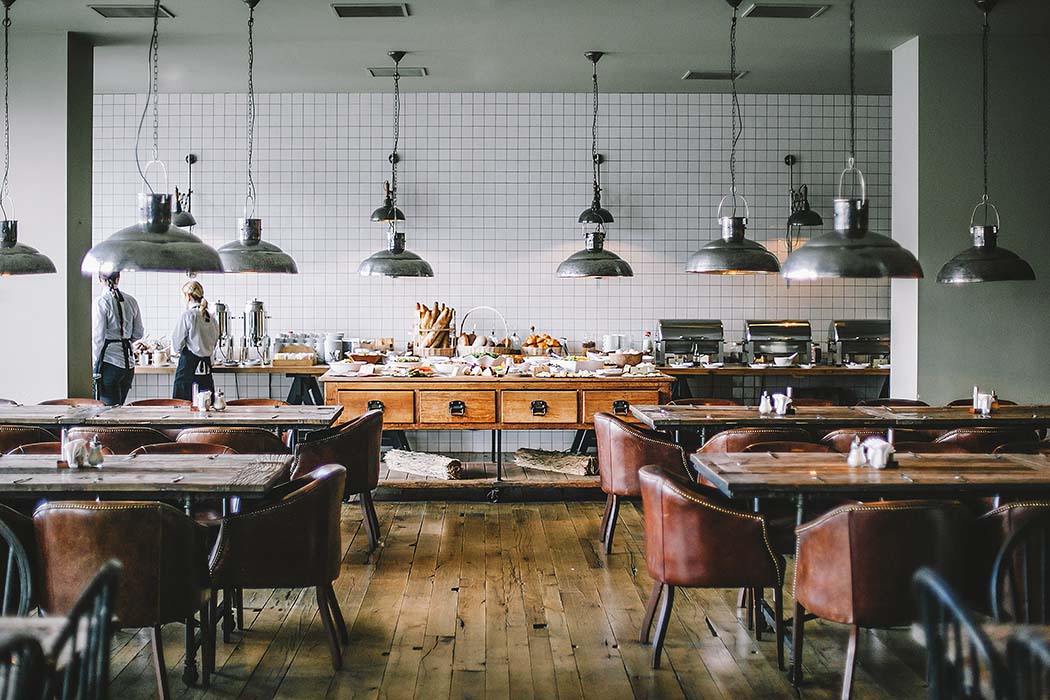Designing Healthier Choices: How Interior Design Influences Behavior
Have you ever wondered if the layout of your environment could influence your decisions, particularly when it comes to your dietary choices? A fascinating study conducted by Massachusetts General Hospital in 2012 explored precisely this.
The hospital’s researchers were interested in understanding if they could gently persuade individuals to choose water over soda in the hospital’s cafeteria. The tool at their disposal? A subtle shift in the cafeteria’s setup.
Initially, the refrigerators in the cafeteria were stocked exclusively with soda. In their experiment, the researchers introduced bottles of water into these refrigerators. Moreover, they placed baskets filled with water bottles near the food stations spread throughout the room.
The results of this simple environmental modification were astounding. Within a few months, water sales increased by 25%, while soda sales dipped by 11%. This experiment evidenced that a small change in the environment significantly influenced people’s choices, and it did so without requiring anyone to exert willpower.
Drawing lessons from this study, we can incorporate similar strategies into our home interior design to nudge ourselves towards healthier decisions. Consider this: if a fruit bowl is kept in plain sight on your kitchen counter, you’re likely to reach for an apple or a banana more often than if the fruits were tucked away in a drawer. Similarly, having a water dispenser or attractive water bottles placed strategically could remind and motivate you to stay hydrated.
Think of your home as a canvas for creating an environment that fosters good habits. Be it your kitchen, living room, or home office, every space can be designed in a way that subtly influences your choices towards healthier behaviours.
In conclusion, interior design is not just about aesthetics. It’s a powerful tool that can shape our habits and lifestyle. By understanding the impact our environment has on our decisions, we can design spaces that aren’t just pleasing to the eye but also actively promote our well-being.





